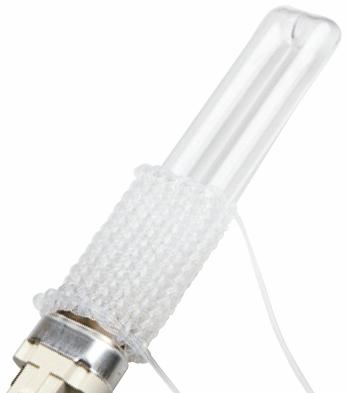212-204-0075
info@pyvot.tech
KOT – TUBULAR COILS
KNITTED OPEN TUBULAR REACTION DELAY AND MIXING COILS
EXAMPLE APPLICATION AREAS
Biotech KOT reactors can be applied as a delay line in chromatographic separations. One example is the parallel coupling of an MS detector and a fraction collector in preparative separations (see figure below). The delay time induced by the KOT allows the detector to analyse the eluate and make intelligent decisions about when a new fraction is going to be initiated, without loss of chromatographic efficiency.
The Biotech KOT reactors can also be used in post-column reaction detection in HPLC (see figure below), using both room temperature and heated chemistries. In this set-up, the KOT also ensure thorough mixing between the column effluent and the added reagents. Typical reactions are the production of fluorescent products from reactions between eluted compounds and reagents without native fluorescence.

PRESERVED CHROMATOGRAPHIC PEAK SHAPE
The Biotech knitted open tubular (KOT) reactors are made from tubing which has been knitted into a tortuous path to force the fast-moving centre of the liquid stream to mix radially with the slower-moving boundary liquid layer, thereby minimizing the axial dispersion.
The shape of a chromatographic peak entering the reactor is thus preserved very efficiently. To ensure a stable radial mixing within the KOT, a linear flow rate of 10 cm/s or more is recommended. The KOT reactor is usually the most optimal delay element for use in analytical flow systems and is typically inserted in the flow path to create a delay line so that a reaction or other event that requires a certain time can take place.
Different delay or reaction times are accomplished by changing the inner diameter and length of the KOT, taking the flow rate through the KOT into consideration.

